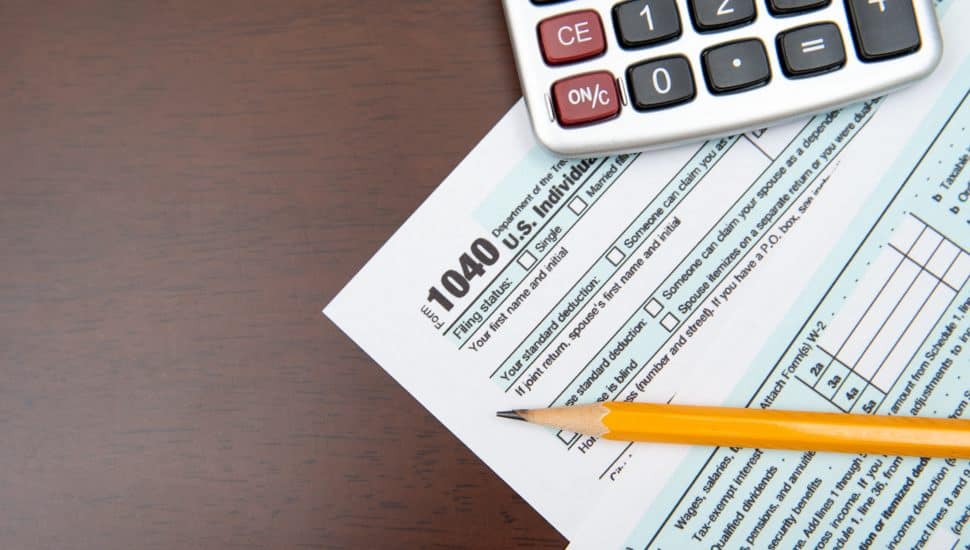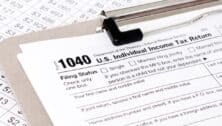CCCBI, LifeScience Members Strongly Support Pennsylvania R&D Tax Credit Program

The Keystone State has the potential to be one of the nation’s leaders in innovation. Accelerator and incubator programs for the life science industry are burgeoning throughout the state. The software development, manufacturing, and automation industries are also thriving.
A deeper investment in Pennsylvania’s Research and Development (R&D) tax credit program would support these industries and advance economic development, one of Gov. Josh Shapiro’s top priorities. The R&D tax credit program has a strong foundation.
Unlike most states, Pennsylvania’s program accommodates both large companies and startups by making tax credits transferrable. Companies that are not yet profitable can sell the credits to companies that do. Those companies can then use the credit to lower their income tax burdens.
This key element sets Pennsylvania apart from states such as North Carolina, which does not have any comparable R&D tax credit program despite its vibrant life science industry, and others. Pennsylvania’s Independent Fiscal Office (IFO) has touted the benefits of the tax credit program. According to a 2020 report, the program each year allows firms to generate or maintain 915 full-time jobs at a typical annual wage of $80,000 to $95,000. The IFO also concluded that the tax credit incentivizes state R&D expenditures and that every dollar of tax credit could inspire $1.00 to $1.50 of private R&D spending.
In addition, the IFO’s report highlighted that the R&D tax credit can be a vital tool for large multi-state corporations that undertake R&D operations in multiple states. The credit allows these entities to offset a high statutory corporate net income tax (CNIT) rate (9.99 percent). With this credit in hand, such corporations can greatly reduce their CNIT liability.
However, the program could have a much greater impact if funded sufficiently. Every year, the demand for R&D tax credits exceeds program funding by about $100 million, with applicants requesting far more than the available funds. As Governor Shapiro recently stated, “Ohio has one-and-a-half million fewer people than Pennsylvania, yet they’ve invested over seven times more in economic development than we have. And you know what, their investment is paying off.”
According to the nonprofit, JobsOhio, this investment most certainly is resulting in high rewards for Pennsylvania’s neighbor. The organization writes that Ohio was named as one of the top states for automotive manufacturing and for business infrastructure by Business Facilities Magazine and CNBC respectively.
Our Legislature has already taken a great step forward by increasing the Childcare Tax Credit, which enables business owners and talent to afford care for their children, the future of the state. By increasing the cap on the R&D tax credit program to $100 million annually, the Legislature can further increase Pennsylvania’s economic prosperity and boost innovation within the state. It is imperative that the sunset provision which would negate, in 2025, the recent $5 million increase to the program be repealed and that the program cap be increased instead.
By enhancing the Pennsylvania R&D tax credit program, the state government can demonstrate a commitment to fostering innovation. This initiative can help retain businesses within the state and attract companies from outside Pennsylvania to establish operations here.*
*Laura Berry, Bowers R&D Associates and Emma Watson, Novocure contributed to this article.
Connect With Your Community
Subscribe to stay informed!
"*" indicates required fields
























![95000-1023_ACJ_BannerAd[1]](https://vista.today/wp-content/uploads/2023/03/95000-1023_ACJ_BannerAd1.jpg)























